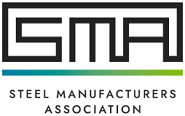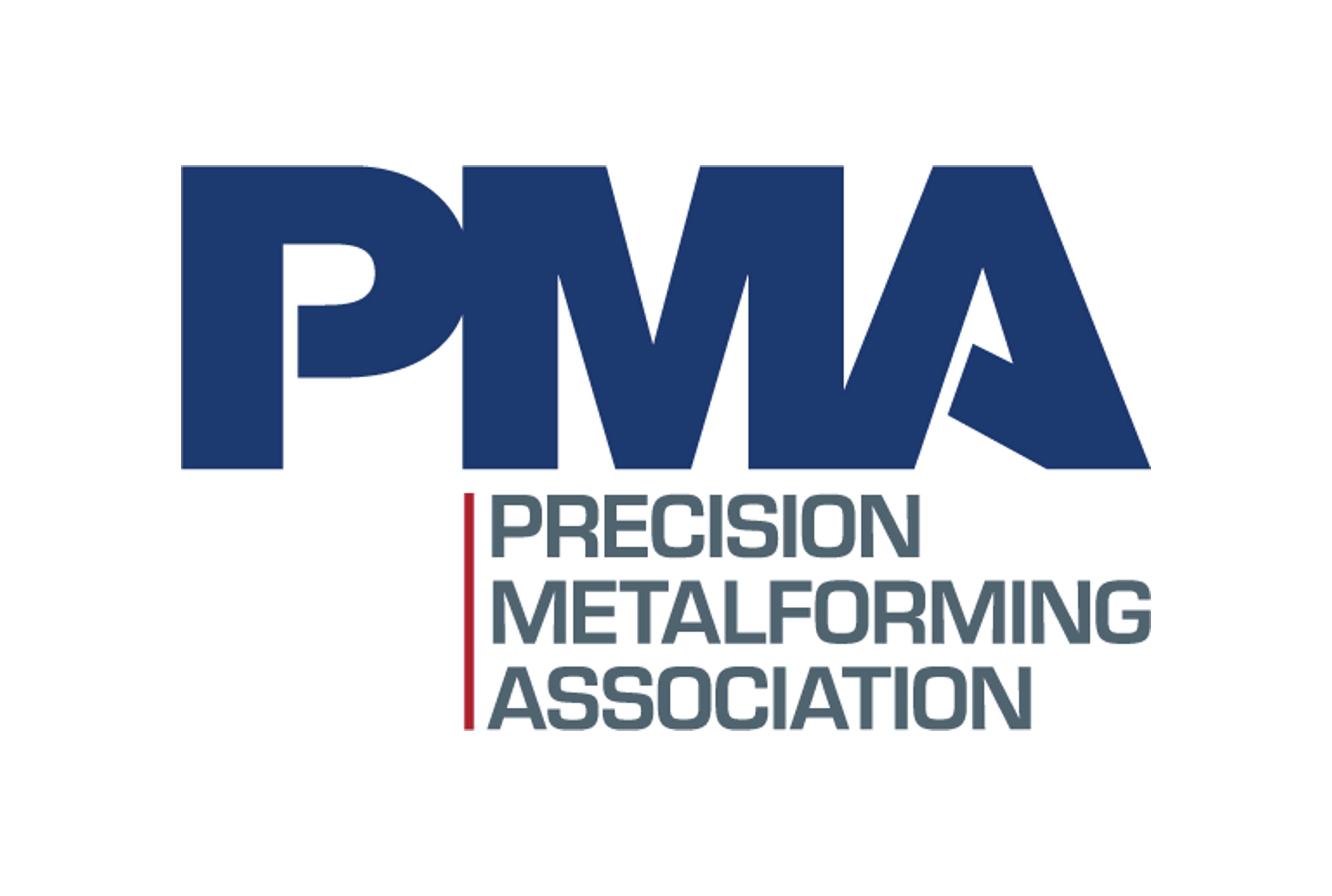Market Data

July 25, 2022
SMA Study Conducted by CRU Finds US EAFs Emit 75% Less Carbon
Written by Michael Cowden
Steel made by US electric arc furnace (EAF) producers emits 75% less carbon than steel produced by traditional blast furnace-based production.
That’s according to an independent study conducted by Steel Market Update parent company CRU Group for the Steel Manufacturers Association (SMA). The results of that study were released today.
![]() Washington, D.C.-based SMA represents the US EAF steel industry, which accounts for 70% of domestic production. The groups said the study marked an important milestone in objectively measuring greenhouse gas emissions from steel producers.
Washington, D.C.-based SMA represents the US EAF steel industry, which accounts for 70% of domestic production. The groups said the study marked an important milestone in objectively measuring greenhouse gas emissions from steel producers.
“Something that can’t be measured can’t be managed, and our new study conclusively measures and validates how using recycled scrap-based EAF technology is the most sustainable means of producing steel today,” SMA president Philip Bell said in a statement.
“There is a lot of inaccurate and misleading information about steelmaking, and we believe this independent study will help further our efforts to achieve a low carbon future,” he added.
The results were also cheered by Steel Dynamics Inc. (SDI) co-founder, chairman and CEO Mark Millett, who is also chairman of the SMA.
“Sustainability has become one of the most important issues in business today, and the steelmaking industry has long faced the challenge of being incorrectly perceived as one that relies on antiquated, inefficient, and highly polluting processes,” Millett said.
“This new study, which has been long overdue, raises the bar for the way we validate our progress in this area,” he said.
Blast furnace-based steel production accounts for 70% of global steel output. Blast furnaces combine iron ore and coal to produce liquid iron. EAF steelmaking, which accounts for nearly 2/3 of US steel output, uses electricity and primarily ferrous scrap to obtain liquid metal. The CRU study concluded that the EAF route emits 78% less carbon at the crude steelmaking level and 74% less at the hot-rolled steel level.
Another key finding was that the carbon footprint for slab rerollers that use imported slab is higher than most US blast furnace producers and significantly higher than all EAF-based flat-rolled steelmakers.
“To ensure the highest level of objectivity and prevent any potential conflicts of interest, the SMA completely entrusted CRU with the management of this project to allow us to research, collect, and analyze data from a wide range of steelmakers to produce the most accurate and comprehensive report possible,” CRU North America president John Ball said.
“Our partnership serves as a model for the way that similar industry organizations can strengthen the integrity of their data by joining forces with a trusted partner that can independently and proficiently validate data,” he said.
A link to an executive summary of the report is here.
By Michael Cowden, Michael@SteelMarketUpdate.com







